Formerly of the Bill Spear, Sam Sheer and Richard Paine Collections 1915 PIERCE-ARROW MODEL 66 A-3 SEVEN-PASSENGER TOURING CAR Chassis No. 67137 Engine No. 67137 Maroon with black fenders and red pinstriping, upholstered in tufted black leather with a black Panasote Solitaire-type top with maroon lining Engine: T-head, six cylinders cast in pairs, pressure feed engine lubrication, 5 x 7 inch bore and stroke, 825ci. (13,518cc), 143hp at 1,600rpm; Gearbox: leather-faced cone clutch, selective transmission with four forward speeds and reverse; Suspension: semi-elliptic leaf springs front and three-quarter elliptic rear; Brakes: original two wheel drum on rear wheels with hand brake for rear wheels. Right hand drive. The Model 66 A-3, known among enthusiasts as simply the 66, was Pierce-Arrow's attempt to build the best American motor car of the era. The grandest Pierce-Arrow of its time, it is one of the great automobiles of the World War I era. One period description of the 66 as this truly wonderful model is also an accurate perception of it today. The distinctive fender-mounted headlights immediately announce its individuality and period splendor. Elephantine proportions, with an 825 cubic inch (13,518cc) six cylinder engine mounted on a long 147½ inch wheelbase chassis, made, then and today, a 66 overwhelm all who came in contact with it. The car's most significant performance characteristic is high torque. This reflected Pierce-Arrow's view that driving should be as effortless as possible; it was not necessary to shift gears often because of the power of the engine. A low engine speed of about 1,000 rpm resulted in unusually low engine wear, improving reliability. The 66's 8½ miles-to-the-gallon fuel economy was the price paid for this type of performance; an issue of no concern to the owner of one of the most expensive automobiles in the world in 1915. Bodies for the 66, and the other Series models, were of cast aluminum 1/8-inch thick, practical not only for the savings in weight, as sheet metal is not only heavier but requires stronger framing to support it, but also in durability. A number of engine parts were aluminum as well. Two electric lights mounted in the backs of the front seats illuminate the tonneau steps. Independent Bosch magneto and battery ignition systems and a 32 gallon gas tank were some of the less visible features enhancing the 66. This most impressive touring car was restored many years ago while in the collection of Mr. Sam Sheer. Mr. Sheer, a well regarded brass and early car enthusiast, kept the Pierce for many years before it was sold to the Richard Paine Collection. The car remained in the Paine Collection for some time until it was purchased by Mr. Browning in 1985. Shortly thereafter a careful mechanical inspection was executed and the car was returned to its glorious running condition. The finish shows a slightly cracked patina with a non-Pierce aftermarket front bumper and Pierce script on the radiator. Shaler roadlights have been added with a later Motometer temperature gauge. Additionally, a fuel pump has been added. The instrument cluster includes a number of articles such as a 70hp speedometer, a Waltham clock and 'hand inspection lamp' in addition to several operating gauges. There is also a power-driven air pump to inflate tires. This touring car includes all of the great Pierce driving niceties of the period such as two horns, one for city (Klaxon electric) and one for country (bulb) driving. The Panasote top, a rubberless top material, was a brand that had been used by Pierce-Arrow on all its open cars since 1904. The exterior styling of all Series Three cars is marked by a wide body fronted by a narrow hood, leading them to be called 'canal boat' bodies. This width allows an aisle between the two front seats which are fashioned as comfortable armchairs upholstered in tufted black leather. The rear passenger area has a wide comfortable couch and two folding seats with armrests for ex
Formerly of the Bill Spear, Sam Sheer and Richard Paine Collections 1915 PIERCE-ARROW MODEL 66 A-3 SEVEN-PASSENGER TOURING CAR Chassis No. 67137 Engine No. 67137 Maroon with black fenders and red pinstriping, upholstered in tufted black leather with a black Panasote Solitaire-type top with maroon lining Engine: T-head, six cylinders cast in pairs, pressure feed engine lubrication, 5 x 7 inch bore and stroke, 825ci. (13,518cc), 143hp at 1,600rpm; Gearbox: leather-faced cone clutch, selective transmission with four forward speeds and reverse; Suspension: semi-elliptic leaf springs front and three-quarter elliptic rear; Brakes: original two wheel drum on rear wheels with hand brake for rear wheels. Right hand drive. The Model 66 A-3, known among enthusiasts as simply the 66, was Pierce-Arrow's attempt to build the best American motor car of the era. The grandest Pierce-Arrow of its time, it is one of the great automobiles of the World War I era. One period description of the 66 as this truly wonderful model is also an accurate perception of it today. The distinctive fender-mounted headlights immediately announce its individuality and period splendor. Elephantine proportions, with an 825 cubic inch (13,518cc) six cylinder engine mounted on a long 147½ inch wheelbase chassis, made, then and today, a 66 overwhelm all who came in contact with it. The car's most significant performance characteristic is high torque. This reflected Pierce-Arrow's view that driving should be as effortless as possible; it was not necessary to shift gears often because of the power of the engine. A low engine speed of about 1,000 rpm resulted in unusually low engine wear, improving reliability. The 66's 8½ miles-to-the-gallon fuel economy was the price paid for this type of performance; an issue of no concern to the owner of one of the most expensive automobiles in the world in 1915. Bodies for the 66, and the other Series models, were of cast aluminum 1/8-inch thick, practical not only for the savings in weight, as sheet metal is not only heavier but requires stronger framing to support it, but also in durability. A number of engine parts were aluminum as well. Two electric lights mounted in the backs of the front seats illuminate the tonneau steps. Independent Bosch magneto and battery ignition systems and a 32 gallon gas tank were some of the less visible features enhancing the 66. This most impressive touring car was restored many years ago while in the collection of Mr. Sam Sheer. Mr. Sheer, a well regarded brass and early car enthusiast, kept the Pierce for many years before it was sold to the Richard Paine Collection. The car remained in the Paine Collection for some time until it was purchased by Mr. Browning in 1985. Shortly thereafter a careful mechanical inspection was executed and the car was returned to its glorious running condition. The finish shows a slightly cracked patina with a non-Pierce aftermarket front bumper and Pierce script on the radiator. Shaler roadlights have been added with a later Motometer temperature gauge. Additionally, a fuel pump has been added. The instrument cluster includes a number of articles such as a 70hp speedometer, a Waltham clock and 'hand inspection lamp' in addition to several operating gauges. There is also a power-driven air pump to inflate tires. This touring car includes all of the great Pierce driving niceties of the period such as two horns, one for city (Klaxon electric) and one for country (bulb) driving. The Panasote top, a rubberless top material, was a brand that had been used by Pierce-Arrow on all its open cars since 1904. The exterior styling of all Series Three cars is marked by a wide body fronted by a narrow hood, leading them to be called 'canal boat' bodies. This width allows an aisle between the two front seats which are fashioned as comfortable armchairs upholstered in tufted black leather. The rear passenger area has a wide comfortable couch and two folding seats with armrests for ex

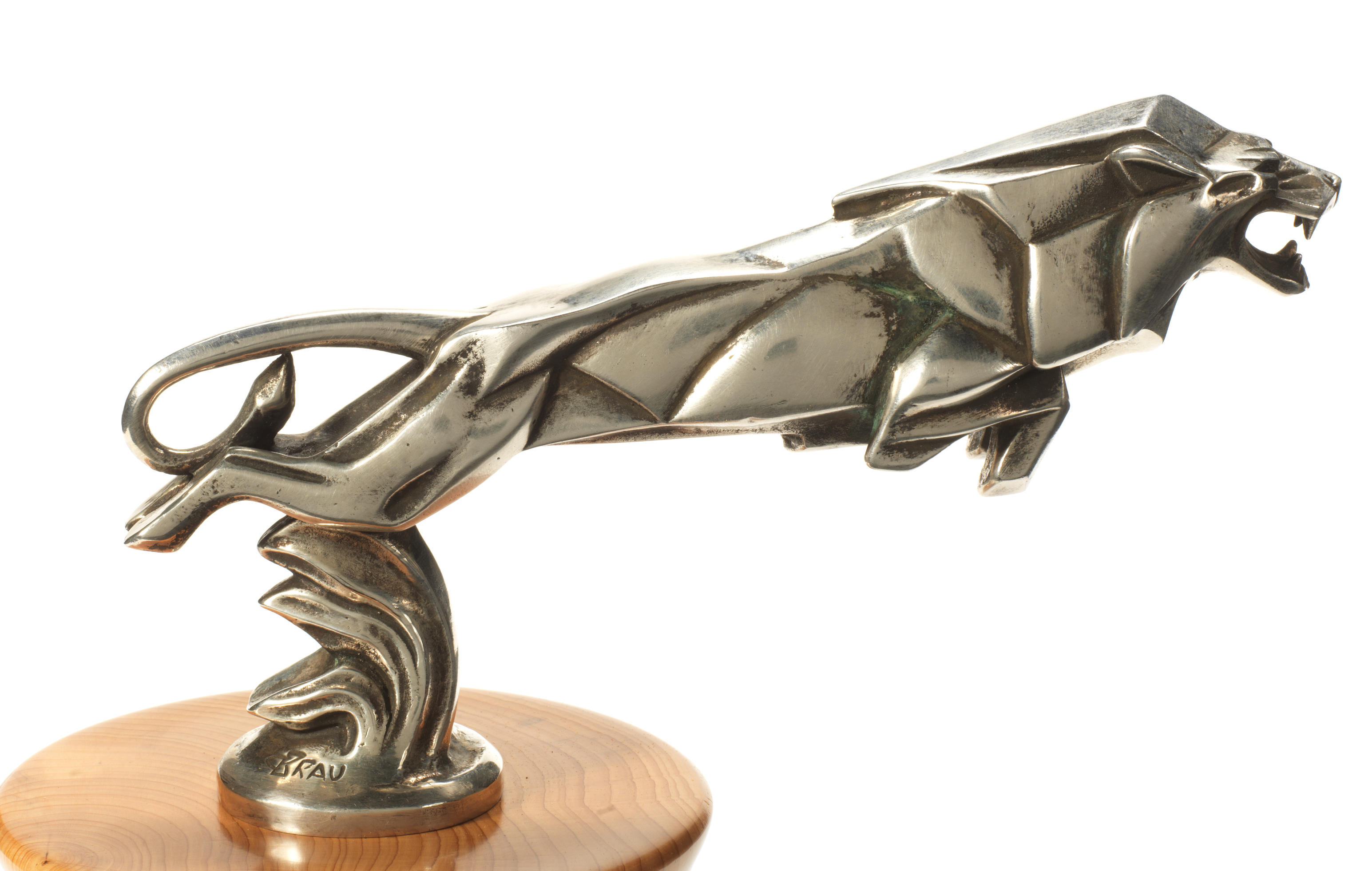


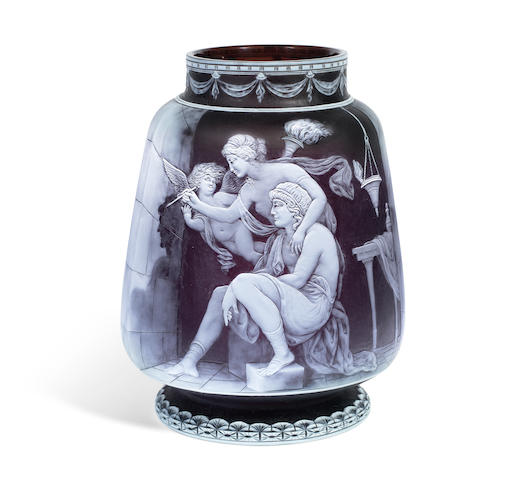

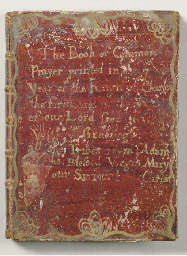
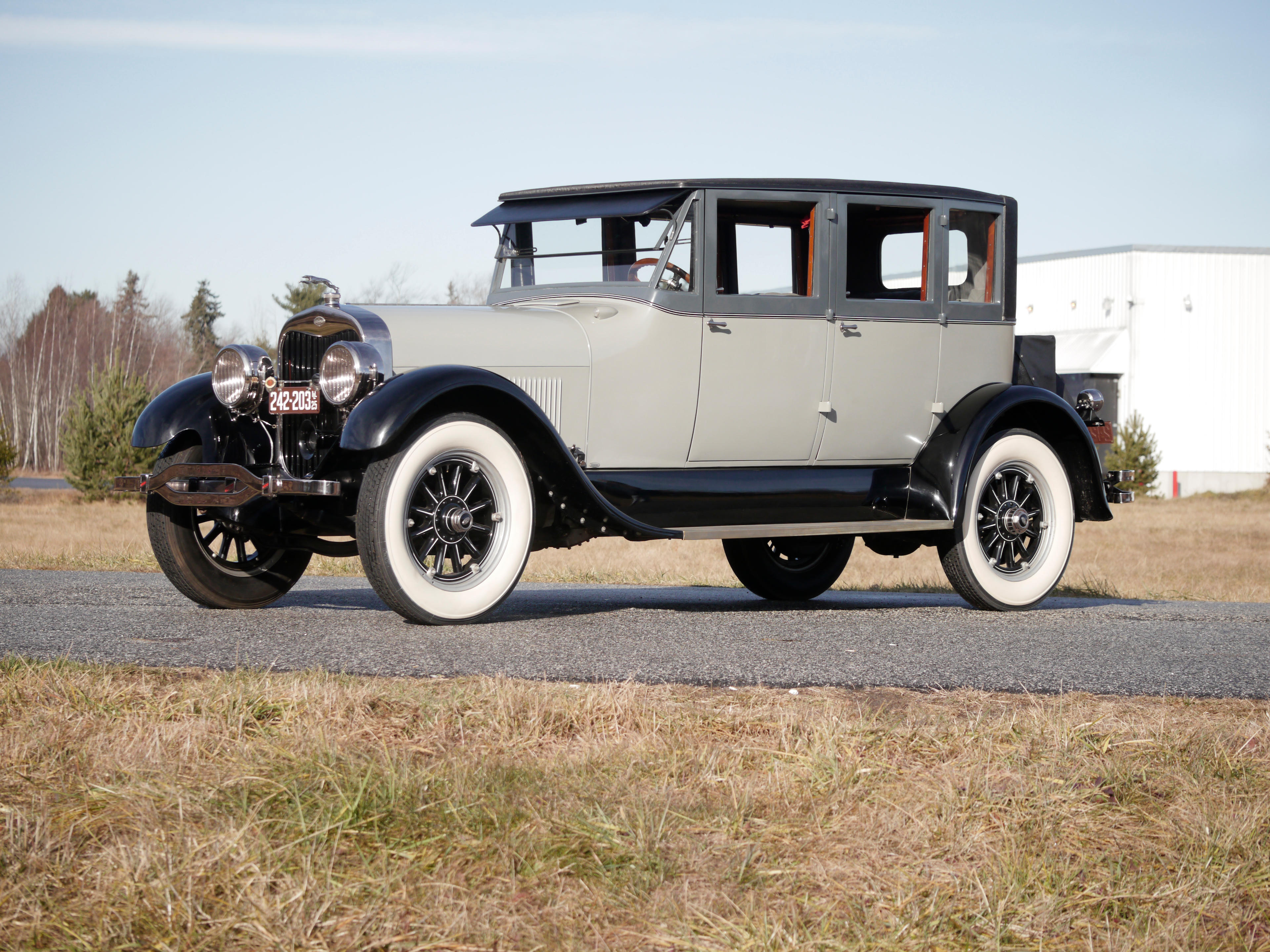
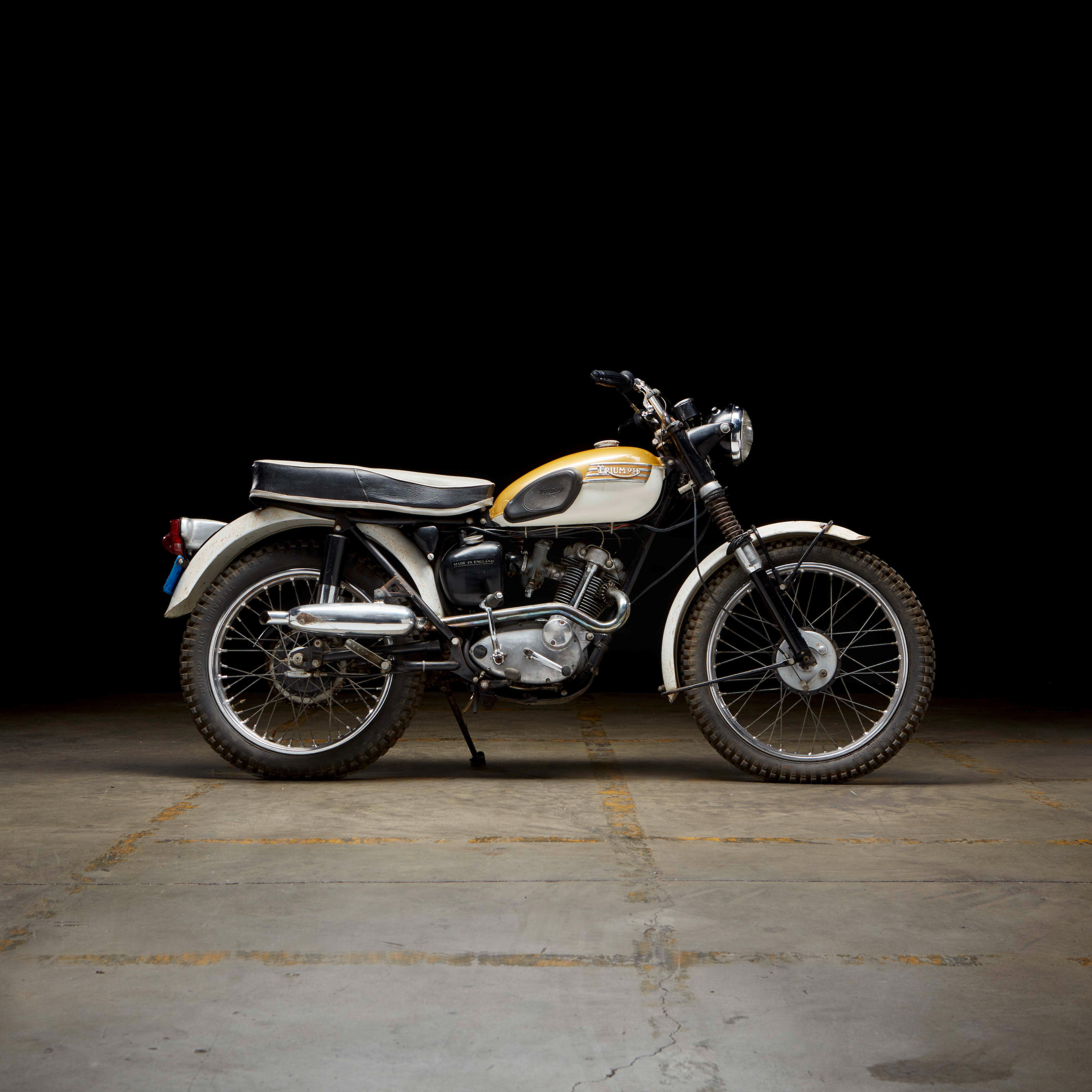


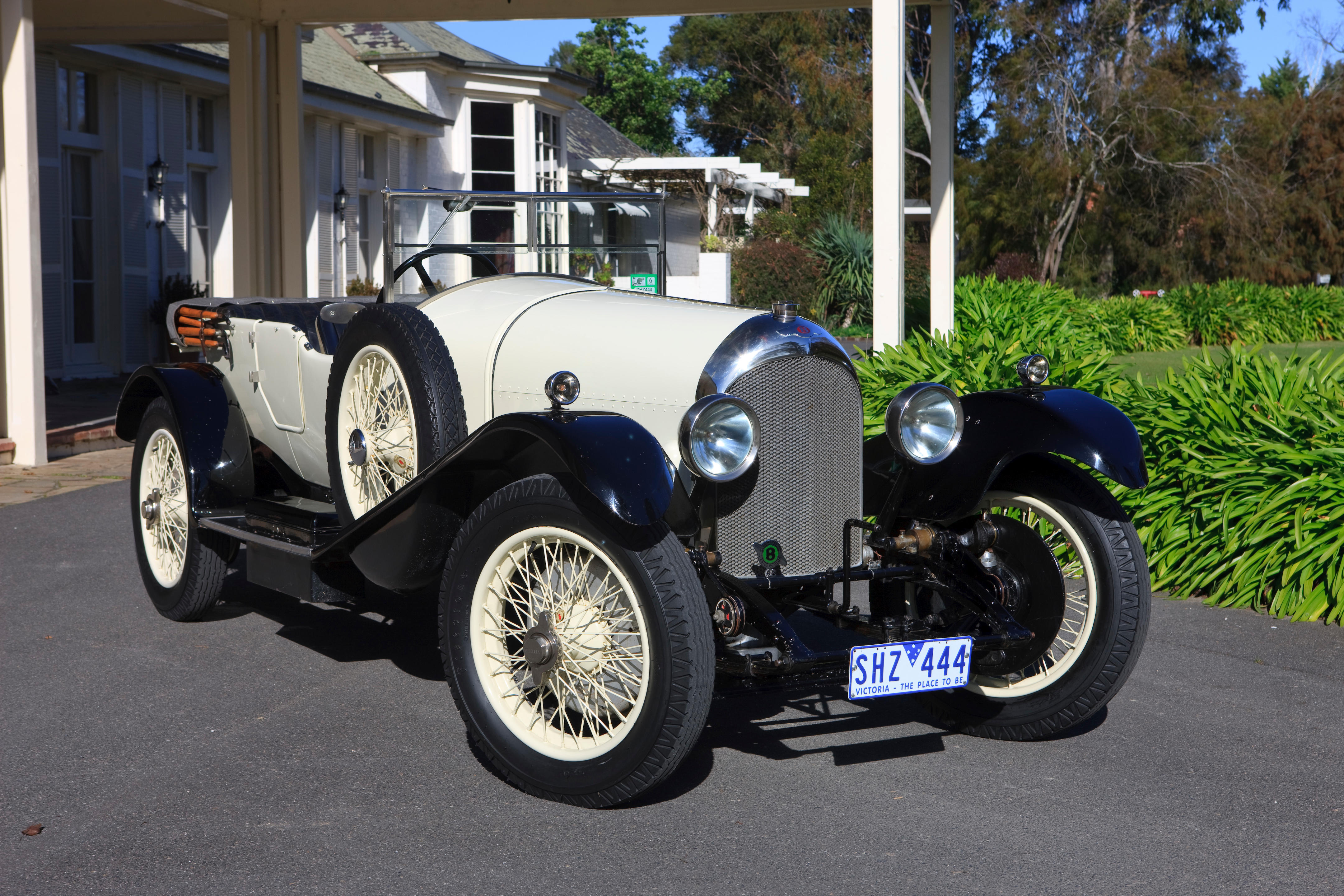
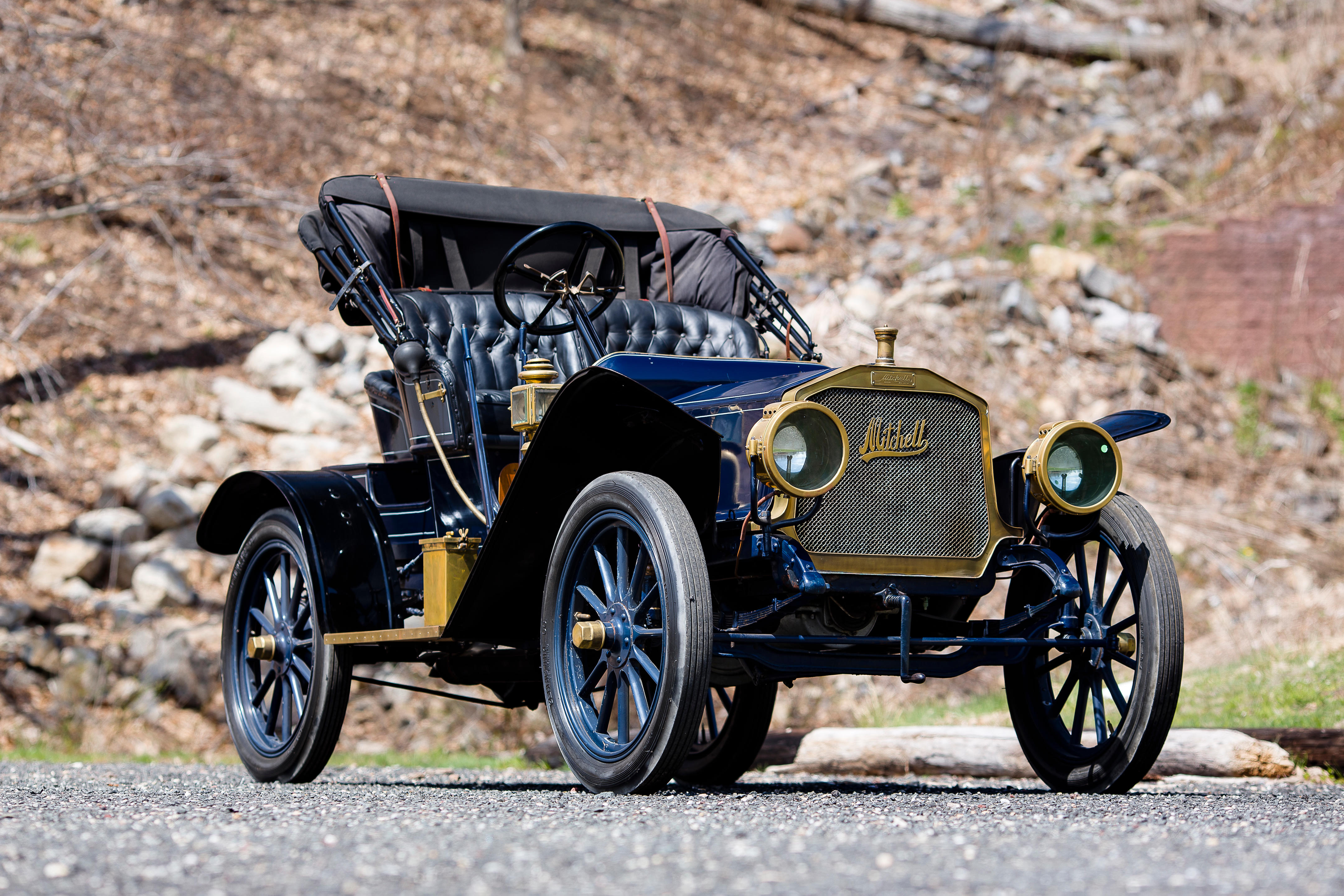


Try LotSearch and its premium features for 7 days - without any costs!
Be notified automatically about new items in upcoming auctions.
Create an alert